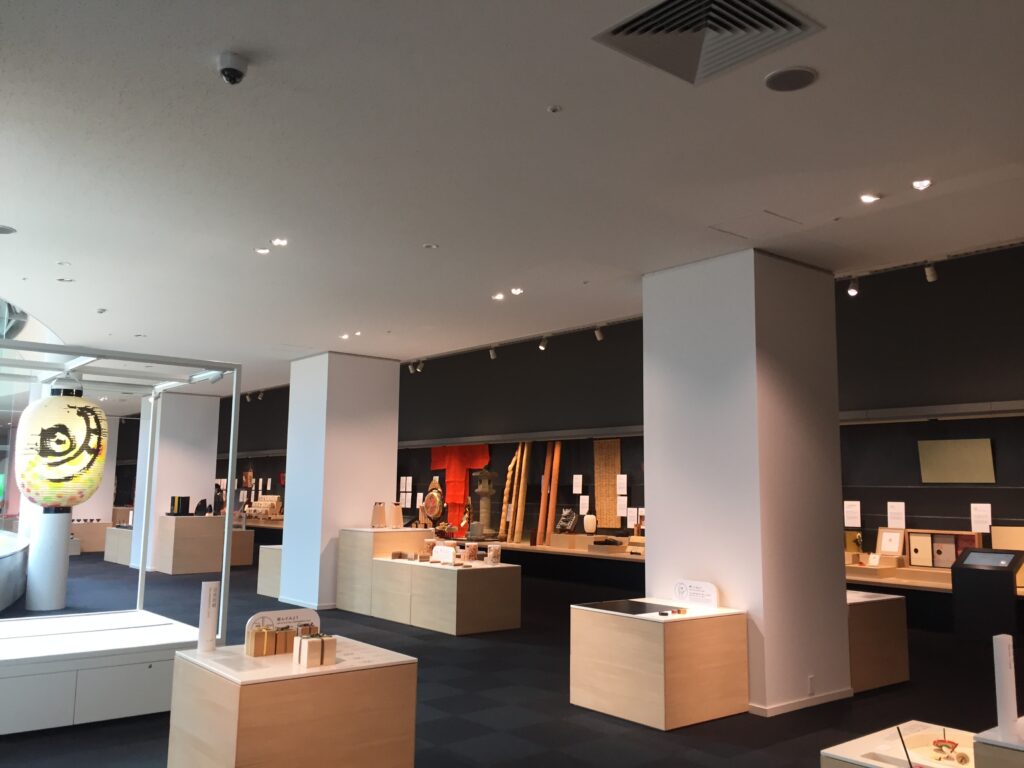
If you’re visiting Kyoto, the ancient capital of Japan, you won’t miss the exquisite classical kimono and maiko performances. Apart from those, there is another place that I strongly recommend ー Kyoto Museum of Crafts and Design.
Here you can enjoy the demonstrations of Kyoto traditional crafts and designs that have undergone a variety of technical developments, food products that shape the rich Japanese food culture, clothing and toolsused in traditional shinto services and other ceremonial events that have been preserved and passed down through generations, and many other distinctive industries that contribute the life in Kyoto.
Today I’d like to introduce three kinds of crafts.
1.Related to China
Karakami/Paper for sliding doors
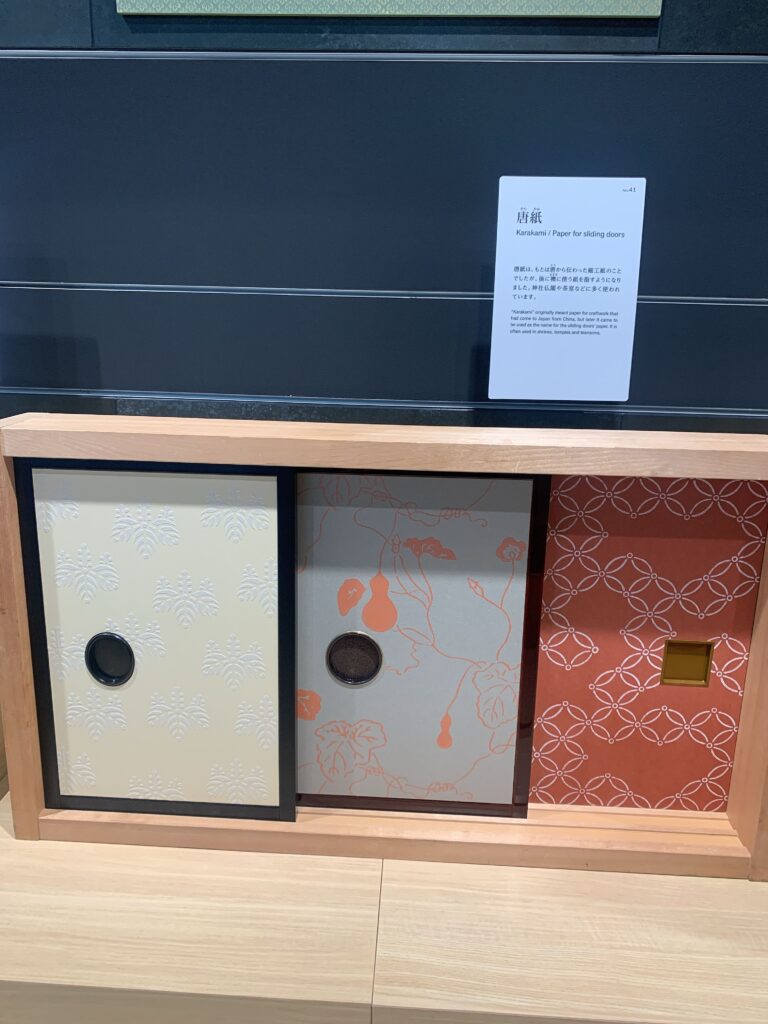
2.Unique Crafts
Kyo-fukuromono
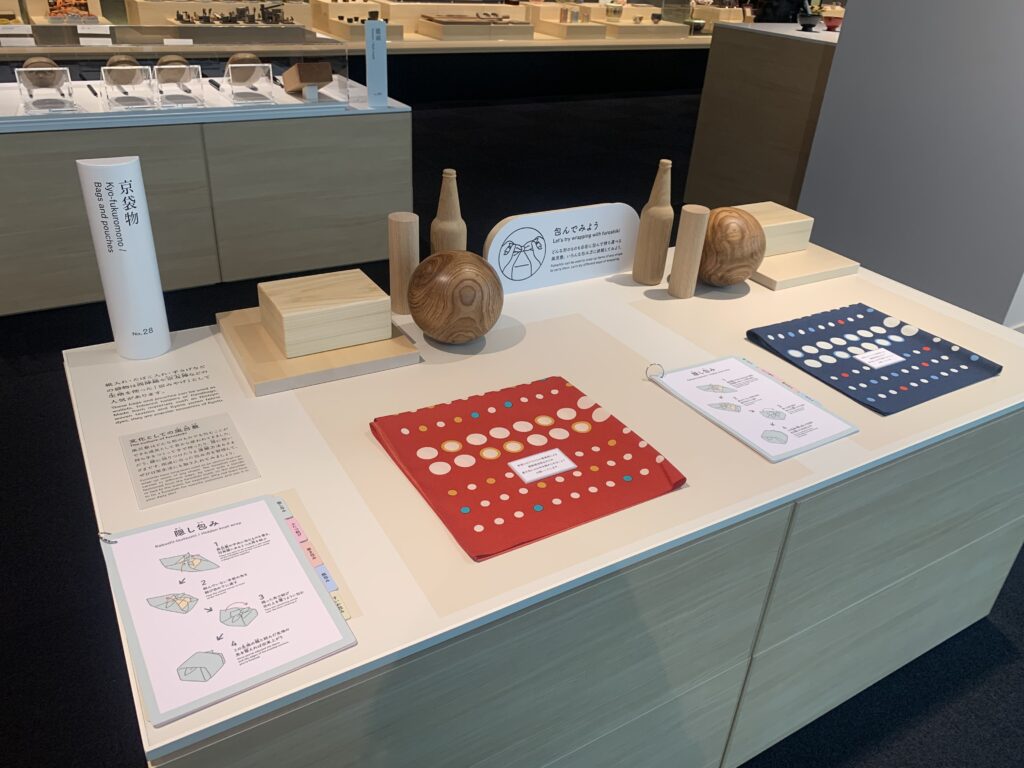
3.Providing the Detail and the Process of Creation
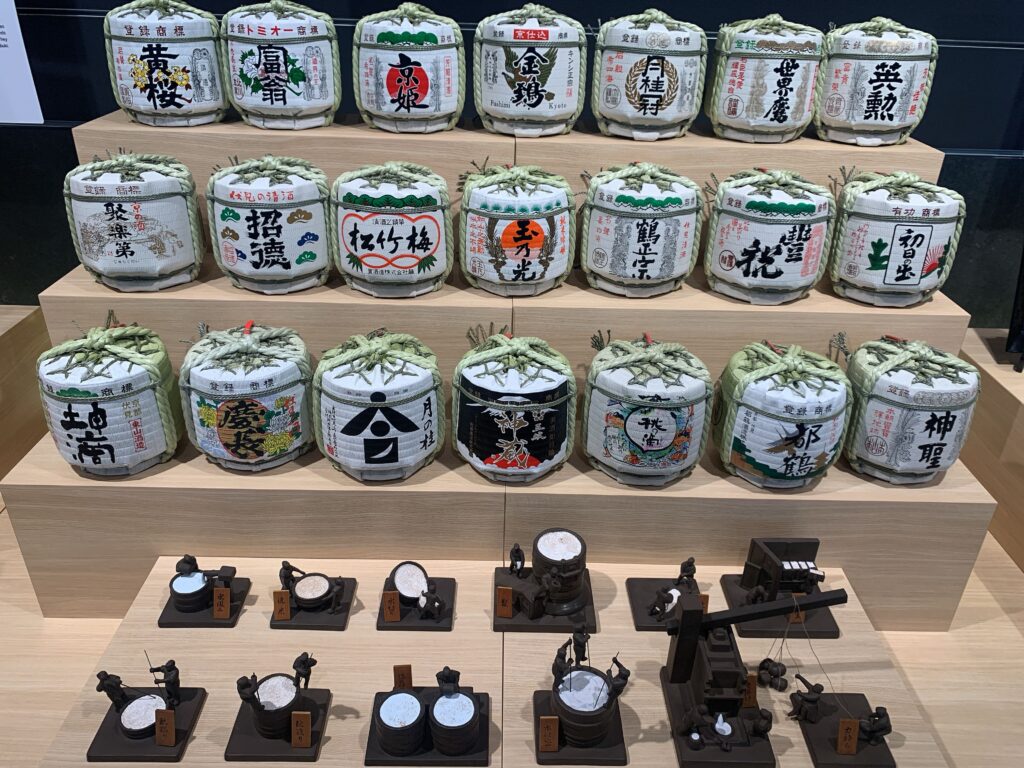
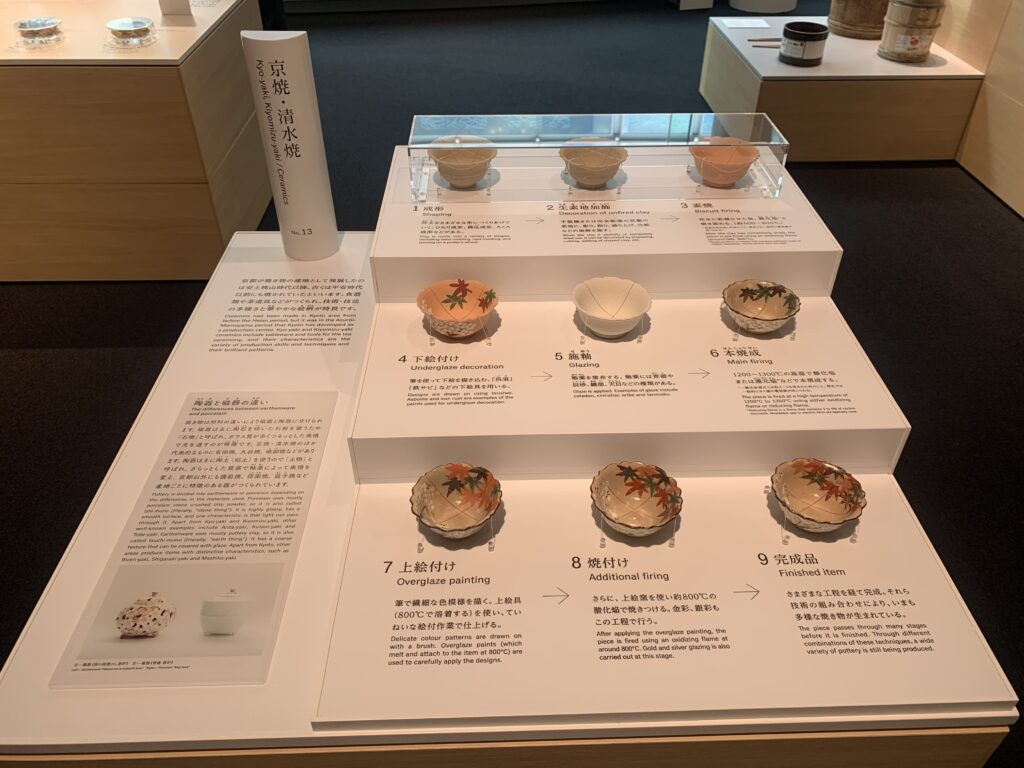
Apart from the charming appearance, the process of creation also plays an important role in building the historical and cultural values of crafts. This museum has showed the process of some crafts in a different way as the example I mentioned above, the process of creating Japanese alcohol and kiyomizuyaki.
There is another awesome experience that I highly recommend -” field trip” (見学 in Japanese) . Each tourist spot has its own representative that stands for the local elements. The field trip provide us with opportunities to visit and experience the historical, cultural and productive process of a product in the museum. The subject of the field trip varies depending on the area and the representative. For example, Hokkaido has a field trip for Shiroi Koibito Chocolate in a theme park, and Shodoshima has a field trip for a soy sauce in the factory. These learning experiences can help us to promote the understanding and absorption of the product’s historical background, cultural significance, and manufacturing process. It also helps to inherit traditional culture.
Information
B1F Miyakomesse, 9-1 Okazaki Seishoji-cho, Sakyo-ku, Kyoto, Japan 606-8343
The closest station:Higashiyama Station (of Tozai line) Exit 1, northward walking 10 mintues
Opening hours : 9:00 – 17:00 (admission before 16:30)
